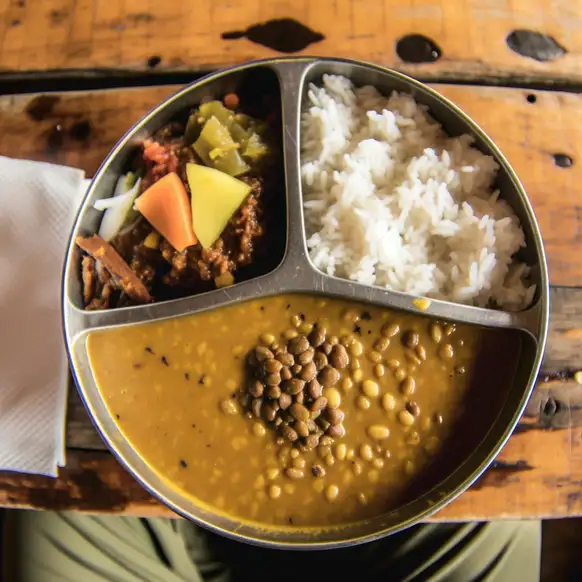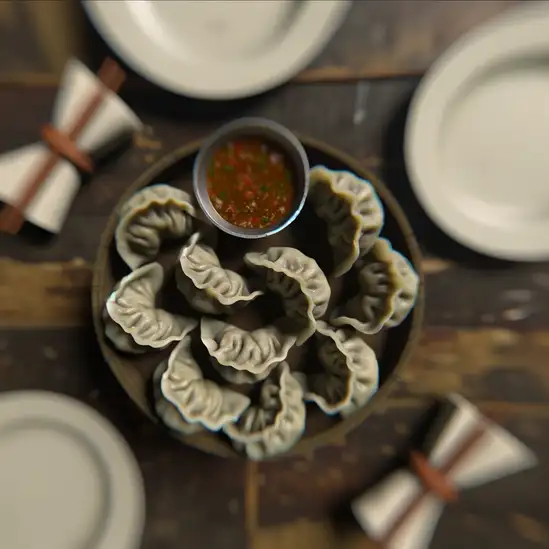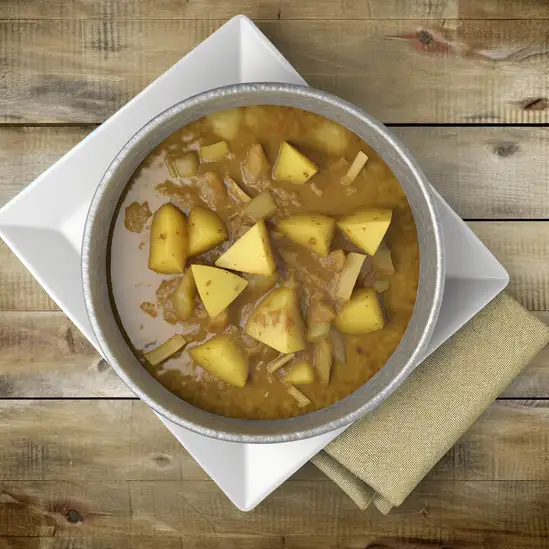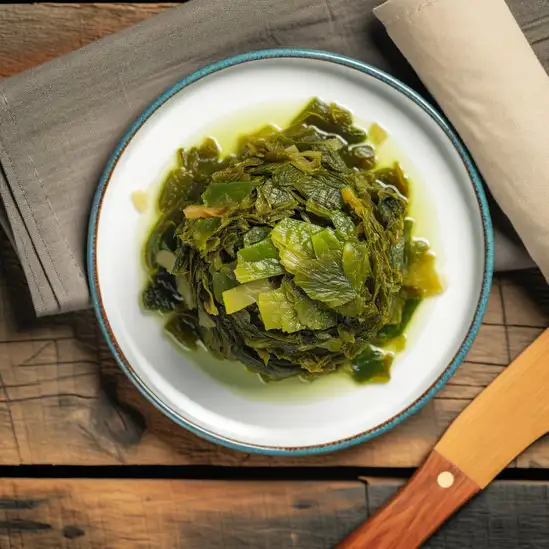


Imagine stepping into a place where ancient temples nestle beside bustling markets,and the air hums with the rhythm of daily life and centuries-old traditions. That’s Kathmandu for you—a city that feels alive in every corner,where the scent of incense mingles with the aroma of fresh spices from street food stalls. Walking through its narrow,winding streets,you’ll hear the melodic chants from monasteries blending with the chatter of locals bargaining over vibrant fabrics and handcrafted trinkets. Kathmandu’s character is a beautiful tapestry of old and new. The intricate wood carvings on centuries-old buildings tell stories of a rich cultural heritage,while the lively cafes and art galleries hint at a youthful,creative pulse. There’s a warmth in the smiles of the people here,a genuine openness that invites you to slow down and soak in the moment. Whether you’re sipping sweet,milky chai in a cozy courtyard or watching the sunset paint the sky behind the towering Himalayas,the city wraps you in a comforting embrace. What makes Kathmandu truly unforgettable is its ability to surprise you at every turn. One moment you’re marveling at the golden spires of Swayambhunath,the next you’re savoring momos bursting with flavor from a street vendor. It’s a place where spirituality and everyday life dance together,leaving you with a sense of wonder and a heart full of stories to tell.
The information on this page is currently being reviewed by Tripkliq and should be used as a guide only
Eng word: Hello
Eng pronunciation: Namaste
Local language: नमस्ते
Eng word: Goodbye
Eng pronunciation: Bidaai
Local language: विदाई
Eng word: Thank you
Eng pronunciation: Dhanyabad
Local language: धन्यवाद
Eng word: How much
Eng pronunciation: Kati
Local language: कति
Eng word: Toilet
Eng pronunciation: Shauchalaya
Local language: शौचालय
Eng word: Help me
Eng pronunciation: Malai maddat garnuhos
Local language: मलाई मद्दत गर्नुहोस्
Eng word: Yes
Eng pronunciation: Ho
Local language: हो
Eng word: No
Eng pronunciation: Hoin
Local language: होइन
Eng word: Excuse me
Eng pronunciation: Maaf garnuhos
Local language: माफ गर्नुहोस्
Kathmandu, the capital city of Nepal, gets its name from Kasthamandap, a wooden Hindu temple believed to be made from a single tree in the 16th century, although historical records suggest its existence as early as the 12th century.
Kathmandu Valley houses three Durbar Squares (Kathmandu, Bhaktapur, and Patan), which were the palaces of the Malla kings. These squares are UNESCO World Heritage Sites, famous for their exquisite architecture and art.
The Swayambhunath Stupa, also known as the Monkey Temple, is one of the oldest religious sites in Nepal. Legends say it was formed more than 2,000 years ago when the valley was created out of a primordial lake.
The sacred Pashupatinath Temple is dedicated to Lord Shiva and is considered one of the most significant Hindu temples of Shiva in the world. It is listed as a UNESCO World Heritage Site.
Kathmandu is home to the Kumari, a living goddess. The tradition of the Kumari, a young prepubescent girl selected to be the town's deity until she reaches puberty, is a unique aspect of the city's cultural and religious life.
The Garden of Dreams, also known as the Garden of Six Seasons, is a neo-classical garden created in the early 20th century. It's a peaceful oasis in the heart of Kathmandu, showcasing Edwardian architectural style.
Kathmandu Valley is the cultural hub of the Newar community, known for their rich history, traditions, and contributions to art, culture, and cuisine of Nepal. The Newars are known for their festivals, traditional music, and dance.
Thamel has been the centre of the tourist industry in Kathmandu for over four decades. It is a bustling neighborhood known for its narrow streets crowded with various shops, vendors, trekking gear, restaurants, and nightlife.
Situated at an elevation of approximately 1,400 meters (4,600 feet) above sea level, Kathmandu is surrounded by four major mountains:Shivapuri, Phulchoki, Nagarjun, and Chandragiri, making it a scenic valley.
In Kathmandu, the most common Power Adaptor is Type C, Type D.



A hearty noodle soup that originated from Tibet, made with meat or vegetables and flavored with spices.

A traditional homemade, sweet, and crispy rice-based doughnut, often enjoyed during festivals.

A traditional meal consisting of lentil soup (dal) served with rice (bhat), often accompanied by vegetables, pickles, and sometimes meat.

Nepalese dumplings filled with meat or vegetables, typically served with a spicy dipping sauce.

A traditional curry made with potatoes (aloo) and bamboo shoots (tama), often cooked with spices and served with rice.

Fermented leafy green vegetables, often served as a side dish or in soups, providing a unique tangy flavor.

Often referred to as 'Nepalese pizza', it is a rice crepe topped with various ingredients like minced meat, eggs, and vegetables.

A traditional Newari sweet dumpling made from rice flour, filled with a mixture of coconut and jaggery.
Bangkok is one of those cities that grabs you the moment you step out into its bustling streets. There’s this electric energy in the air—a mix of honking tuk-tuks,sizzling street food stalls,and the chatter of locals weaving through markets. The city feels alive,like it’s constantly moving and breathing,yet somehow it balances this chaos with moments of serene beauty,like the golden spires of temples catching the afternoon sun or quiet canals reflecting the sky.
Walking through Bangkok,you’ll be hit by a whirlwind of scents:fragrant jasmine from flower vendors,the sharp tang of lemongrass and chili from street carts,and the sweet aroma of mango sticky rice tempting you at every corner. The colors are just as vivid—neon signs flicker alongside traditional wooden shophouses,and monks in saffron robes glide past modern skyscrapers. It’s a city where old and new dance together effortlessly.
What really makes Bangkok special is its warmth and openness. The people here have a genuine kindness that shines through,whether you’re bargaining at Chatuchak Market or sharing a laugh over a bowl of spicy boat noodles. The culture is rich and layered,from the intricate rituals at Wat Pho to the lively festivals that light up the streets. Visiting Bangkok feels like stepping into a story that’s still unfolding,full of surprises and moments that stay with you long after you leave.
Imagine stepping into a city where sleek skyscrapers meet lush greenery,and every corner hums with a vibrant energy that’s both modern and deeply rooted in tradition. That’s Singapore for you—a place where the air carries the fragrant mix of blooming orchids and sizzling street food,and the streets buzz with a blend of languages and laughter. Walking through neighborhoods like Chinatown or Little India,you’ll catch the rich aromas of spices mingling with the sweet scent of tropical fruits,inviting you to explore further.
What’s truly captivating about Singapore is how effortlessly it balances the fast-paced pulse of a global hub with pockets of serene beauty. You can be wandering through the futuristic Gardens by the Bay one moment,marveling at the towering Supertrees glowing softly at dusk,and the next,find yourself savoring a bowl of laksa or chili crab at a bustling hawker center,surrounded by locals chatting animatedly. The city’s character shines through its people—warm,diverse,and proud of their heritage,yet always welcoming.
There’s a rhythm here that’s both energizing and comforting. Whether you’re cycling along the waterfront,catching a sunset over Marina Bay Sands,or simply sipping kopi in a cozy café,Singapore invites you to slow down and soak in its unique blend of cultures,flavors,and sights. It’s a city that surprises you with its layers,making every visit feel like a new discovery.
Bali feels like stepping into a vibrant dream where every corner pulses with life and warmth. From the moment you arrive,there’s this unmistakable energy—part spiritual,part playful—that wraps around you like a soft,tropical breeze. Imagine waking up to the gentle rustle of palm leaves and the distant sound of waves crashing against volcanic black sand beaches. The air carries a mix of frangipani blossoms and salty sea spray,instantly grounding you in the island’s natural beauty.
What really makes Bali special is its rich culture woven into everyday life. You’ll see locals in colorful sarongs offering flowers at temple steps,hear the rhythmic beat of gamelan music drifting through the air,and catch glimpses of intricate wood carvings and vibrant paintings in small artisan shops. The island’s spirituality isn’t just something you observe—it’s something you feel,a quiet presence that invites you to slow down and connect.
And then there’s the food—oh,the food! Freshly grilled satay,fragrant nasi campur bursting with spices,and tropical fruits so sweet they almost taste like candy. Whether you’re dining in a bustling market or a cliffside café overlooking the ocean,every bite feels like a celebration of Bali’s rich flavors and traditions. Honestly,Bali isn’t just a place you visit; it’s a place that stays with you,long after you’ve left.
If you ever find yourself in Male,Maldives,get ready to be swept up by a vibrant little city that pulses with island life and unexpected energy. It’s not your typical tropical getaway where everything feels distant and quiet—instead,Male buzzes with a lively rhythm,where the scent of salty ocean air mingles with the aroma of fresh spices from bustling street markets. Walking through its narrow streets,you’ll hear the chatter of locals,the hum of motorbikes,and the occasional call to prayer echoing from the mosques,all blending into a soundtrack that feels both ancient and alive.
What’s really captivating about Male is how it balances tradition and modernity. You’ll see colorful buildings painted in bright pastels,fishing boats bobbing in the harbor,and sleek cafes serving up rich Maldivian coffee alongside international flavors. The city’s compact size means you can explore on foot,discovering little corners where vendors sell fragrant tropical fruits or where fishermen unload their fresh catch of the day. The warmth of the people here is palpable—they’re proud of their culture and eager to share stories if you stop to chat.
And don’t miss the chance to taste the local cuisine—imagine biting into a spicy mas huni breakfast,where shredded tuna,coconut,and chili dance on your tongue,or savoring grilled seafood fresh from the Indian Ocean. Male isn’t just a gateway to the Maldives’ famous resorts; it’s a lively,sensory-rich place that invites you to slow down,soak in the island spirit,and feel connected to a culture that’s as deep as the surrounding blue waters.
If you step into Colombo District,you immediately feel the pulse of a city that’s both vibrant and laid-back,where old-world charm meets modern hustle. Imagine walking along bustling streets lined with colonial-era buildings,their faded facades telling stories of a rich past,while sleek glass towers rise nearby,reflecting the tropical sun. The air carries a mix of scents—spices from street food stalls,salty sea breeze from the nearby coast,and the faint aroma of jasmine from roadside vendors. It’s a place where the sounds of honking tuk-tuks blend with the call to prayer and the laughter of children playing in small parks.
Colombo’s character is a beautiful mosaic of cultures. You’ll find Buddhist temples nestled beside mosques and churches,and markets where Tamil,Sinhalese,and Muslim communities come together in a colorful dance of languages and traditions. The city’s food scene is a feast for the senses—imagine biting into a crispy hopper drizzled with coconut sambol or sipping on a strong,sweet Ceylon tea while watching the sunset over Galle Face Green,where locals fly kites and families gather to unwind.
What makes Colombo truly special is its warmth. Despite the city’s fast pace,there’s a genuine friendliness in the smiles of shopkeepers and the inviting chatter in cafés. It’s a place where you can lose yourself in vibrant street art one moment and find quiet reflection in a serene temple garden the next. Colombo isn’t just a destination; it’s an experience that stays with you long after you leave.
Phuket City is the heart of Thailand's largest island,offering stunning beaches,vibrant nightlife,and cultural landmarks,making it a top choice for island tourism.
ExploreScammers pose as representatives of charities or orphanages and solicit donations from tourists, which never reach the intended beneficiaries.
Tourists are given counterfeit or less-than-agreed-upon currency during money exchange transactions.
Scammers sell fake or overpriced travel packages, including bus tickets or tours, which may not exist or deliver poor service.
Unlicensed or fake guides offer trekking services at low prices but may abandon tourists or provide substandard services.
Tourists are sold fake or overpriced gemstones with claims of high value, often accompanied by elaborate stories.
Tourists are charged excessively high prices for souvenirs, especially in tourist-heavy areas like Thamel.
Crowded tourist areas are hotspots for pickpocketing or bag snatching, especially in markets and public transport.
Children or adults approach tourists claiming to need money for food or school, but the money often goes to organized groups exploiting them.
Taxi drivers refuse to use meters and charge inflated fares, especially for airport pickups or late-night rides.
Tourists are asked to pay 'mandatory donations' at temples or religious sites, which are not official or legitimate.
Nepal has strict laws against the possession, use, and trafficking of illegal drugs. The Narcotic Drugs (Control) Act,1976, imposes severe penalties, including long prison sentences and heavy fines, for drug-related offenses. Tourists should avoid any involvement with illegal drugs to avoid legal trouble.
In Kathmandu, Nepal, smoking is regulated under the Tobacco Product (Control and Regulatory) Act,2011. Smoking is prohibited in public places such as government offices, educational institutions, hospitals, public transport, and other designated non-smoking areas. Violators may face fines. Tourists should be mindful of these restrictions and look for designated smoking areas.
Vaping is relatively new in Nepal and is not as strictly regulated as smoking. However, it is advisable to follow the same guidelines as smoking, avoiding vaping in public places where smoking is prohibited. Tourists should be cautious and respectful of local norms and regulations.
What are other people saying about Kathmandu?
Recent Social posts about Kathmandu
There is nothing to show you for now.